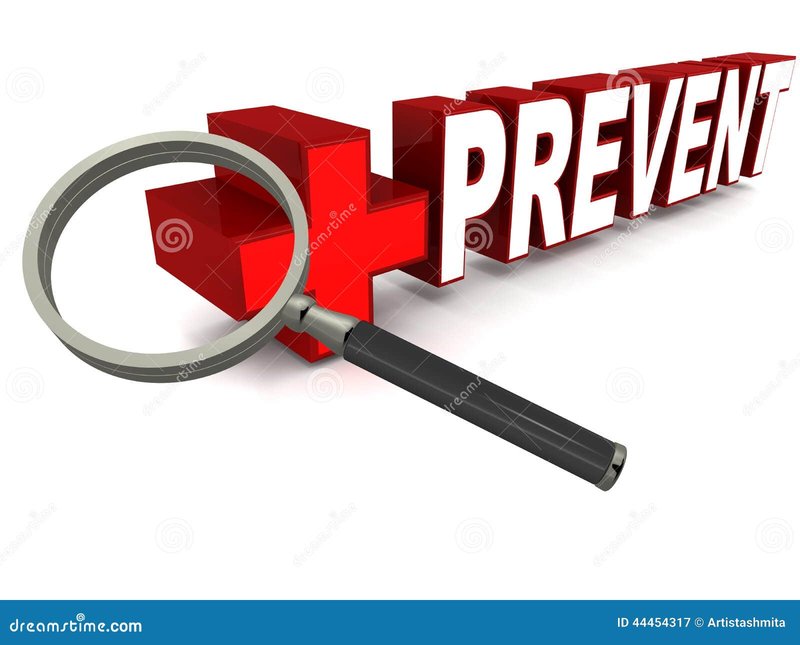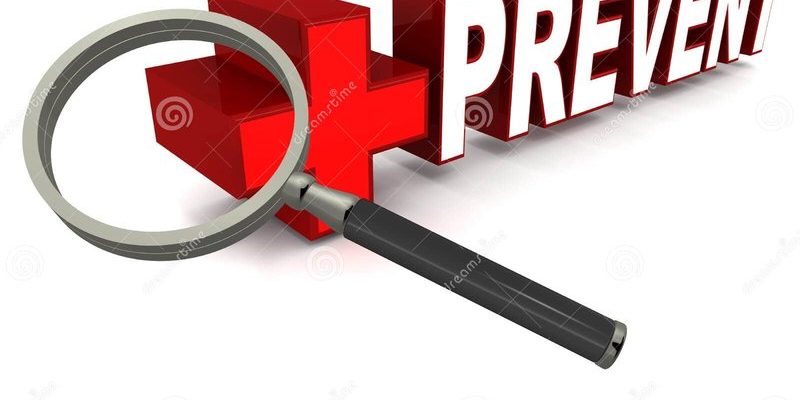
You might be wondering, “What exactly is this E3 error?” Imagine your washing machine as a mini orchestra, with each part playing its role in harmony. The E3 error is like a discordant note, usually pointing to an issue related to the water level sensor. This sensor is crucial—it ensures that your machine has just the right amount of water. Too little and your clothes won’t get clean; too much and you might have a soggy mess. So, keeping this sensor in check is vital for your washer’s well-being. Let’s dive into how you can prevent this error from occurring in the future.
Understanding the E3 Error Code: The Basics
Before we tackle how to prevent the E3 error, it’s essential to understand what causes it. The E3 error in LG washing machines is commonly associated with a malfunction in the water level sensor. This tiny component acts like a vigilant gatekeeper, ensuring that the drum has the correct water level for each wash cycle. When it fails, the washing machine cannot accurately measure how much water is inside, which can lead to overfilling or underfilling.
Think of the water level sensor as the washing machine’s thermostat. Just as a thermostat controls the temperature in your home, making sure it’s not too hot or too cold, the water level sensor ensures your drum has just the right amount of water. When the sensor malfunctions, it’s like having a thermostat that can’t read the temperature—leading to inefficiencies and potential damage to the machine or your clothes.
Common causes of the E3 error include blockages in the pressure hose connected to the sensor, damage due to high temperatures, or even an electrical fault in the sensor itself. It’s important to check these potential issues regularly. Regular maintenance checks can help you spot these problems early before they escalate into something more serious, preventing the dreaded E3 from interrupting your laundry routine.
Regular Maintenance: The First Line of Defense
If you keep your washing machine in tip-top shape, you’re already one step ahead in preventing the E3 error. Regular maintenance is like giving your machine a spa day—a chance to relieve stress and ensure everything is running smoothly. Start by cleaning the drum and detergent drawer frequently. Over time, detergents and water can leave residues that may cause blockages or interfere with sensors.
Another critical aspect of maintenance is checking the water inlet filters. These filters can get clogged with dirt or debris, much like your kitchen sink might get clogged with leftovers. A blocked filter can strain the washing machine, affecting water flow and subsequently influencing the water level sensor’s readings. Make it a habit to inspect and clean these filters every few months. It’s a quick and simple task that can save you from more significant issues down the line.
Lastly, look out for any unusual signs during wash cycles. If your washer starts making strange noises or if clothes are not washing properly, don’t ignore it. These could be early indicators of sensor problems or other issues that could eventually lead to an E3 error. Catching them early is key, allowing you to address minor problems before they morph into major headaches.
Managing Load Sizes and Detergent Use
Here’s the deal: how you load your washing machine and the type of detergent you use can significantly impact its performance and longevity. Overloading your washer is much like stuffing a suitcase beyond capacity before a trip—it leads to stress and potential damage. When you pack your washing machine drum to the brim, it can skew the water level measurements, confusing the sensor and potentially leading to an E3 error.
To prevent this, always follow the manufacturer’s guidelines on load sizes. This varies depending on the washer model, but as a general rule, leave enough room at the top of the drum so clothes can move freely. This allows the water level sensor to do its job accurately, ensuring proper water distribution throughout the wash.
Similarly, overusing detergent can affect washer performance. Excessive detergent can cause buildup in the drum and hoses, which might obstruct sensor readings or affect water flow. Think of it like over-applying lotion, leaving you with sticky or greasy skin. Always measure detergent according to the load size and soil level—sometimes less is more.
Taking Preventive Measures
Preventing the E3 error is like going for regular health check-ups—it’s about taking proactive steps to ensure everything runs smoothly. Start by periodically inspecting and cleaning the pressure hose that connects to the water level sensor. This hose can sometimes get blocked or kinked, affecting sensor performance. If you notice any damage or clogging, replacing it promptly is crucial.
Another preventive measure is ensuring your washing machine is installed correctly and kept level. An uneven washer can cause imbalances during spin cycles, which might interfere with sensor operations. Make sure your machine is on a flat surface, and use a spirit level to check its positioning if necessary.
Lastly, consider investing in a surge protector for your washing machine. Electrical faults can sometimes lead to sensor issues, much like a power surge can fry an electronic device. Using a surge protector can safeguard against unexpected voltage spikes, protecting your machine’s electronics—including the water level sensor.
Wrapping It All Up: Maintaining a E3-Free Washer
Staying one step ahead of potential problems is your best defense against the dreaded E3 error. By understanding the role of the water level sensor and the common culprits behind the E3 code, you can take practical steps to keep your LG washing machine in excellent working order. Think of these maintenance tasks and precautions as investments in a long-lasting, trouble-free washing experience.
So, remember to give your washing machine the care and attention it deserves by performing regular checks, managing loads responsibly, and taking preventive measures. By doing so, you’ll not only avoid the inconvenience of error codes but also extend the life of your trusty laundry companion. Here’s to many more loads of fresh, clean clothes without any surprises!
